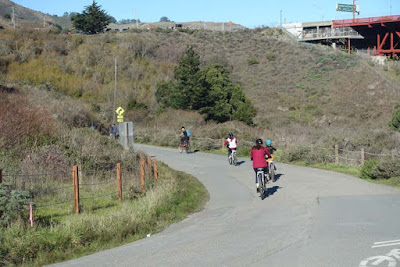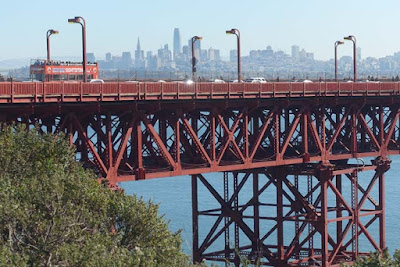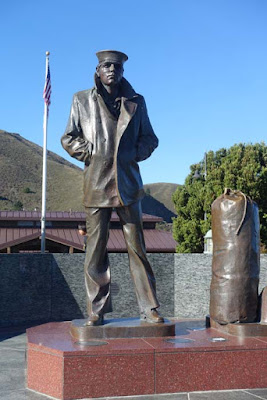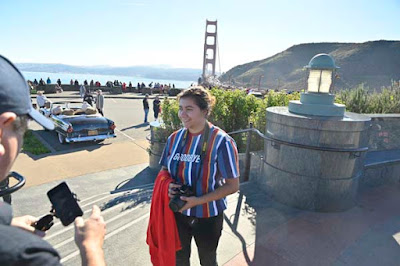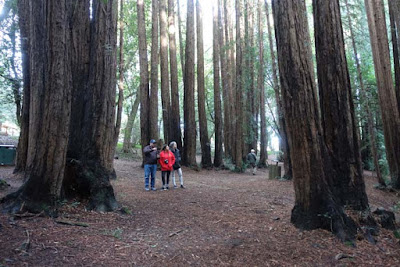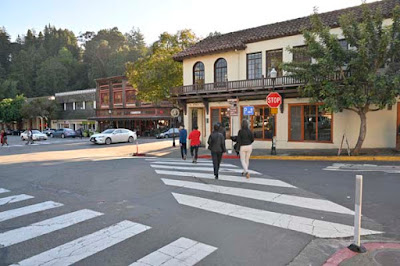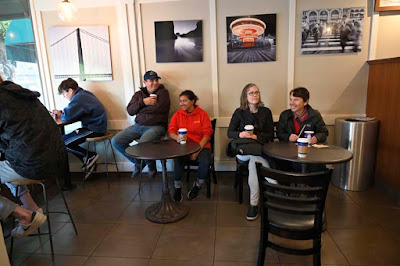 |
| Sunbeam in Lower Antelope Canyon, near Page, Arizona |
My friend and fellow children’s book author Caroline Hatton
visited Upper and Lower Antelope Canyon in October 2019. She took all but one
of the photos in this post. For more
information about her, visit www.carolinehattonauthor.com.
The
Upper and Lower Antelope Canyons on Navajo
land near Page, Arizona, are natural wonders-- narrow, deep, slot canyons
sculpted in sandstone by rushing waters and swirling winds.
In
an earlier guest post by Owen Floody about both
canyons, photos show how Upper Antelope Canyon was lit on his visit in September. Because
the time of year and time of day determine how high the sun is, and
therefore how much or how little light penetrates the canyons, the purpose of
this post is to compare the two canyons in the first week of October. All visitors
are now required to join a guided tour, so I reserved tickets online in
advance, for the following dates and times:
-
Upper Antelope Canyon: Saturday, October 5, 10:15 a.m. tour
-
Lower Antelope Canyon: Friday, October 4, 10:45 a.m. tour
The
weather was clear and sunny on both days.
 |
| A-shaped, darker Upper Antelope Canyon |
 |
| V-shaped, brighter Lower Antelope Canyon |
The
Upper Antelope Canyon tour began with a military-style truck ride from the parking
lot to the canyon entrance. The tour is a round trip, walking into the canyon
to the end, turning around, and walking back out, with tight traffic control:
staying on the right, stopping completely to allow photo-tour guides to line up
their photographers to all take a photo with fewer tourists and less suspended
dust, and otherwise moving along to prevent traffic jams.
The Lower Antelope Canyon tour began at the parking lot. The tour goes in one
direction, from one end of the canyon to the other. The number of people around
me was five to ten times less than in the Upper Canyon tour, because fewer
people visit the Lower Canyon and because the floor is narrower in the Lower
than the Upper Canyon, often allowing only one person at a time to go through.
In
both tours, the guide for my group offered help setting cell phone cameras to “vivid
colors.” Digital camera users switched to a higher ISO value. Along the walk, the
guide offered to take the photos of the famous, nicknamed, rock formations and
patterns, on behalf of visitors, by using their phones and cameras, one after
the other, as well as to take portraits of couples and families posed by
themselves against attractive backgrounds.
 |
| In Upper Antelope Canyon |
 |
| In Lower Antelope Canyon |
The
Upper Antelope Canyon is A-shaped. The narrow top allows no sun rays into the
canyon, except in a few wider spots, but only on the very top of the rock wall,
more than 100 feet (~30 m) above my head. The wide, flat, sandy bottom was
easy to walk on, even in the near-pitch darkness. Guides reminded some visitors,
who used flashlights to see where they were going, to keep those off, to avoid
ruining everyone else’s photos. Indeed, everyone’s camera-setting-enhanced photos
made the canyon look brighter, more colorful, and simply more visible than the dim,
colorless reality.
The
Lower Antelope Canyon is V-shaped. The wide top lets the sun shine on the rock
walls. At the entrance, the five flights of stairs going down were of the
industrial, metal-grid type. The canyon bottom narrowed here and there to an
actual rock V, where the left and right walls met at an acute angle with no
flat spot to put a foot down. Photos showed rocks as seen with the naked eye,
like melted, stretched, brightly colored candy. Visiting was quieter and more
leisurely in the Lower than the Upper Canyon. I would do it again, especially
in a different season!
 |
| In Lower Antelope Canyon. I like this as a 3D sculpture and as 2D picture. |
 |
| In Lower Antelope Canyon |









